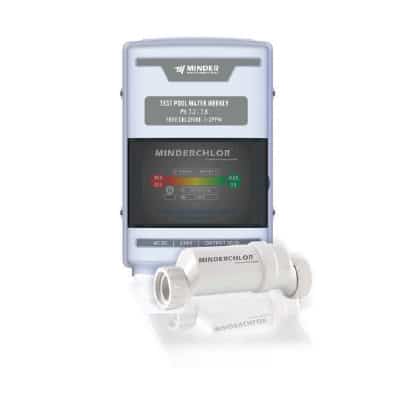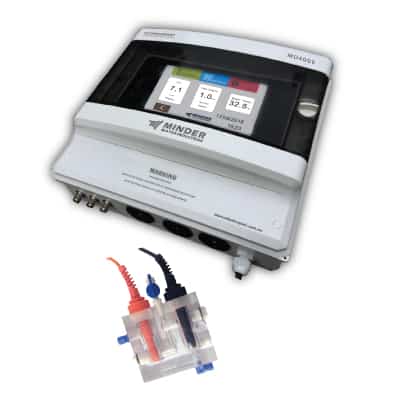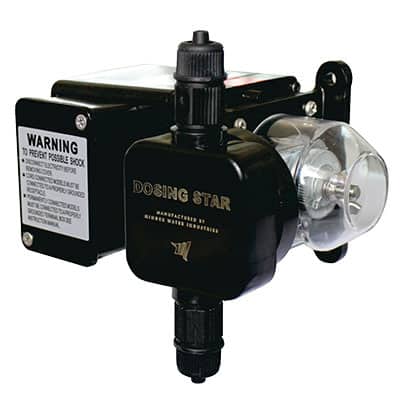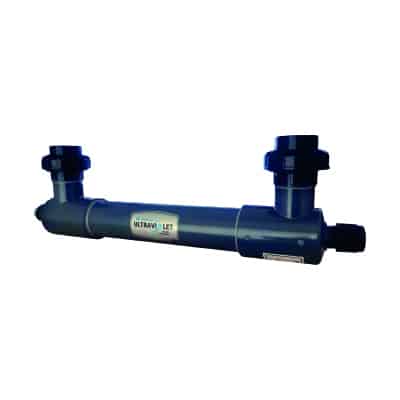Why you should measure Free Residual Chlorine instead of ORP measurement?
Swimming pools especially heavily used public pools can have serious demands put on them. Keeping water sanitized is paramount to people’s health and safety, but it is not always easy to do. Disease outbreaks like cryptosporidium can happen, and people sometimes get sick. Thankfully, chlorine is an excellent sanitizer. And chlorine is easy to measure in water. We can test free chlorine, total chlorine, and from those two, we can calculate combined chlorine. But how do we know if the chlorine we have is effective in our water?
We measure chlorine’s effectiveness in real time using oxidation reduction potential (ORP).
ORP measures the oxidizing power and, therefore, the actual residual sanitizing strength of the solution being tested. Simply counting how much chlorine is present us misleading because certain changes in water chemistry, such as pH or the addition of cyanuric acid, dramatically alter the oxidizing power of chlorine and therefore is efficacy, without changing how much chlorine is present. In the pool industry, chlorine is usually the primary oxidizer, and contaminants like metals, ammonia, and non-living organics are targets of oxidation. If the chlorine isn’t free and available.
ORP measurement correlates weakly with free chlorine measurement because they measure two different entities. ORP measures oxidative disinfection power not the concentration of free residual chlorine. Free chlorine measures the concentrations of hypochlorous acid (HOCl) and the hypochlorite ion (OCl-) not the oxidation disinfection power. Free chlorine is a variable component of ORP. Oxidative disinfection does not correlate well to free chlorine for two reasons:
- when free chlorine exists as the hypochlorite ion (OCl-) the ORP will be low. This will occur when the pH is high. Therefore free chlorine could be high and the ORP low at a pH greater than 7.6.
- Reduction lower ORP. Therefore free chlorine could be high, but the ORP will be low if combined chlorine is high, cyanurate is present, contamination is high, etc.eductants lower ORP. Therefore free chlorine could be high, but the ORP will be low if combined chlorine is high, cyanurate is present, contamination is high, etc.
Every certified pool operator knows to measure free chlorine. Operators should also measure total chlorine and calculate combined chlorine. Such information gives operators an idea of the sanitizer levels in their water, and can adjust accordingly. This specific type of chlorine is highly important for monitoring purposes because it’s necessary if you want to sanitize your pool. If you don’t have enough free chlorine in the water, you won’t be able to get rid of the bacteria and other contaminants that have built up.
Minder Hydrosmart water management system employs the latest water analysis technologies and applies them to the pool industry. The system is equipped with a 7” touch screen that displays real-time pH, Free Chlorine and water temperature. The system can determine and display whether the current reading is acceptable based on the pool water is acceptable based on the pool water quality regulation in your country. The system will automatically activate the dosing system when the reading level is out of the regulated range.







